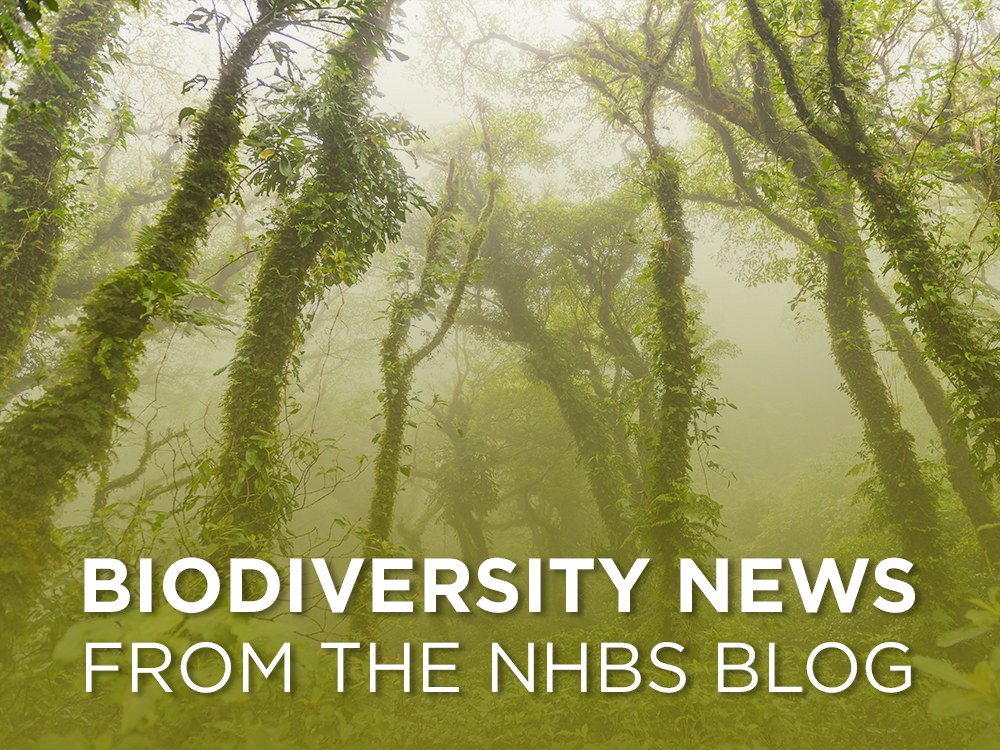Researchers have published a new study providing the first detailed description of fungi on the Polynesian island of Mo’orea. More than 200 macrofungi are included in the collection, many of which could be new to science. The Island’s hot, humid and remote conditions, coupled with its jagged peaks, have limited the documentation of the region’s life forms until now. A total of 553 fungal specimens were gathered, with DNA sequencing completed for 433 of them.
Online wildlife trade in Myanmar is on the rise. A WWF report found that the enforcement of bans on the wildlife trade has weakened following a 2021 military takeover, with dealings increasing by 74% from 2020 to 2021. Over 173 species were traded, 54 of which are threatened with extinction. Future studies are planned to better understand the role Myanmar has in the global trade in endangered species.
There is hope for the red-tailed phascogale recovery program after a catastrophic population decline following the arrival of cats and foxes to Australia. Now found in just 1% of their original range, these small marsupials were once abundant across much of the country. Fourteen captive-bred individuals were released in the Mallee Cliffs National Park last week, joining 60 others released last year. It’s hoped that the refuge could eventually boost the national population by around 20%.
A critically endangered Sumatran rhino was born in Indonesia, the first ever in the Sumatran Rhino Sanctuary in Way Kambas National Park. There are estimated to be fewer than 80 Sumatran rhinos left in the wild, with only nine in captivity. This rhino calf is also a third-generation captive-born Sumatran rhino, which is the first ever recorded for this species, representing a hope for the future of this species.
A new use of genomic techniques is aiming to expand information on sharks’ recent history to help researchers assess how they may respond to climate change and pressures related to the fishing industry. In a study focusing on shortfin mako sharks (Isurus oxyrinchus), researchers collected more than 1,000 samples of jaws and vertebrae from museums, national fishery institutes and personal collections, spanning three centuries. Around half underwent genomic analysis, and the results showed that their genetic diversity has not reduced significantly in recent years, potentially due to high levels of connectivity between different populations allowing for continued gene flow. This is potentially a cause for optimism about the long term prospects of mako sharks.

